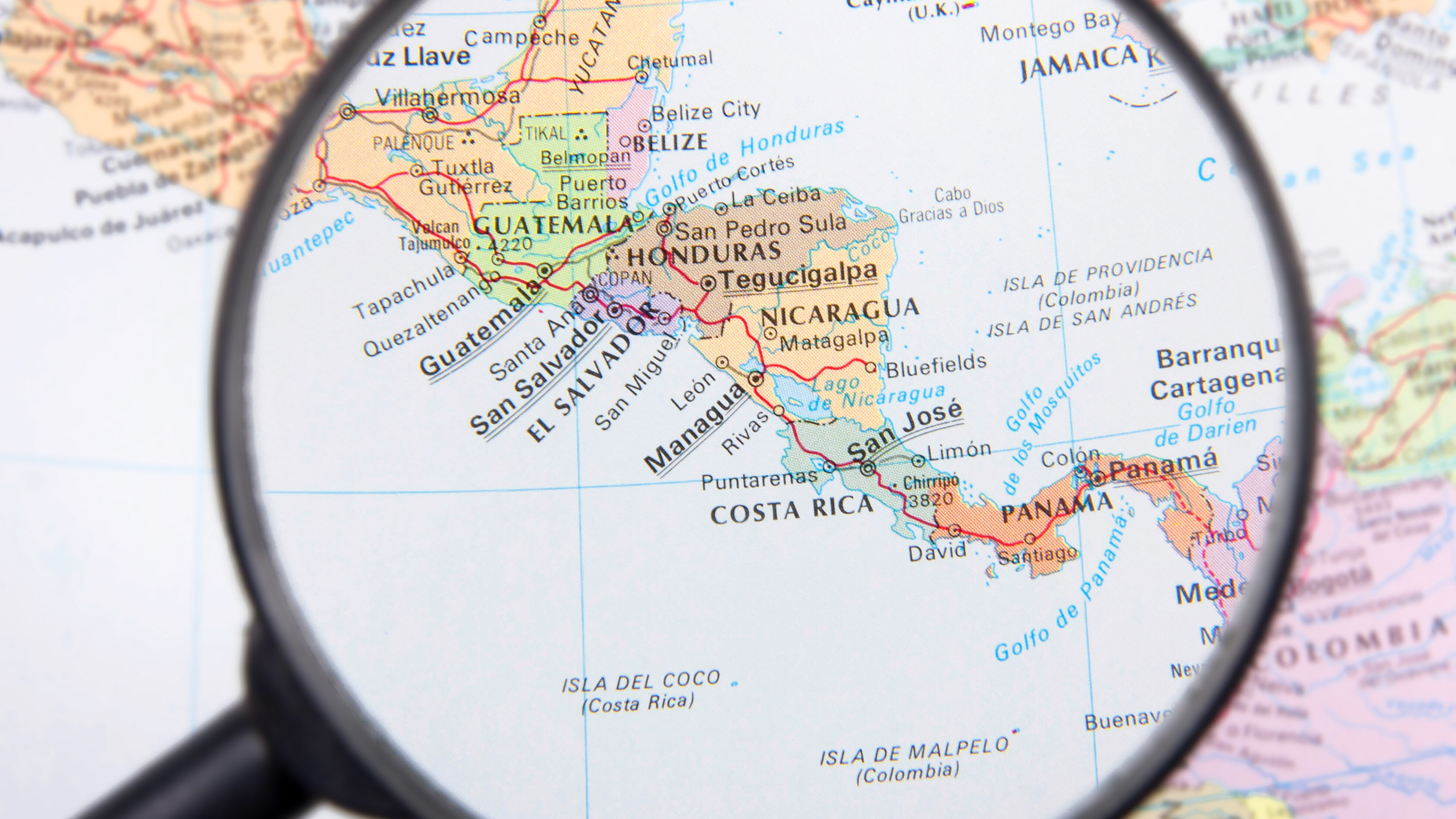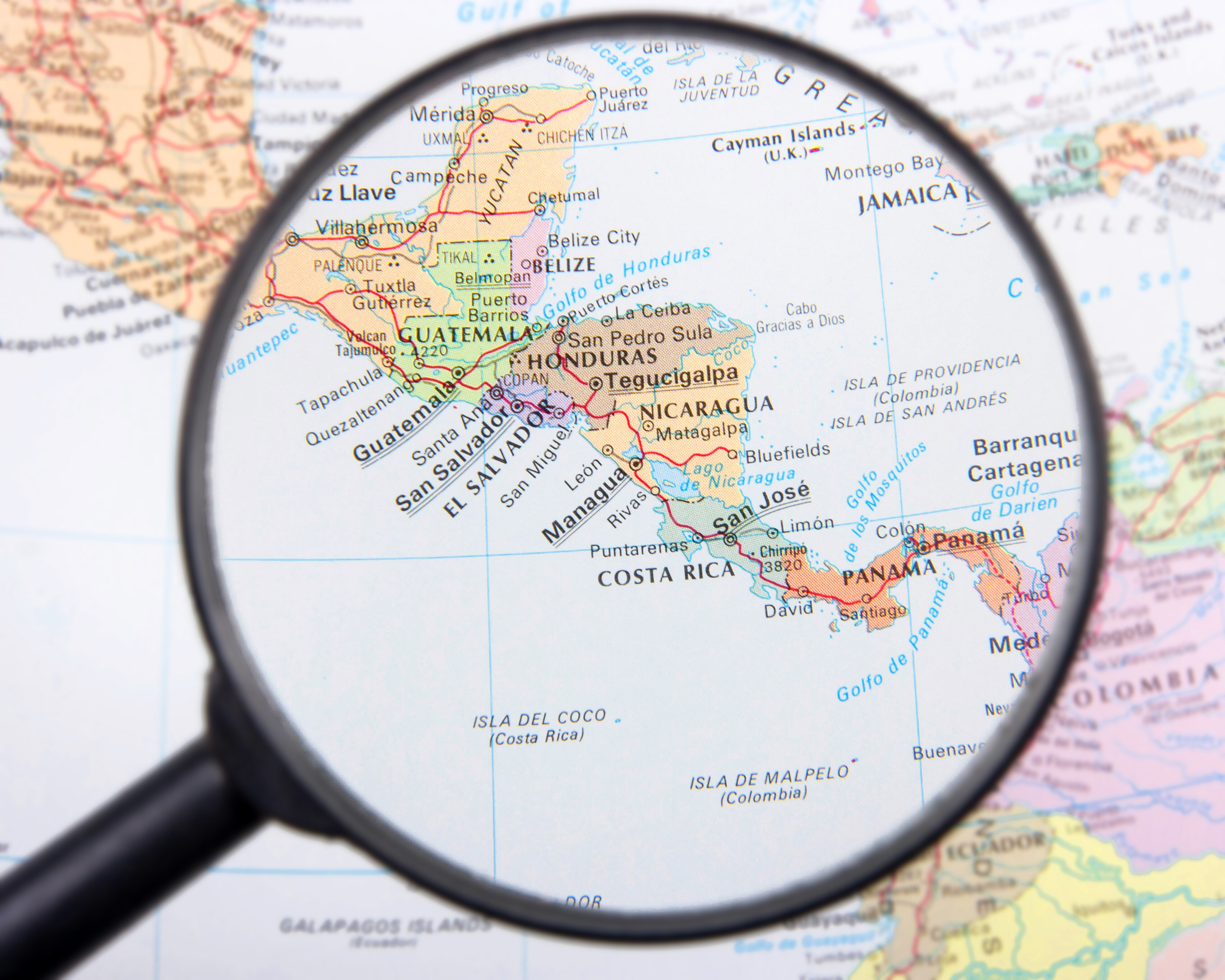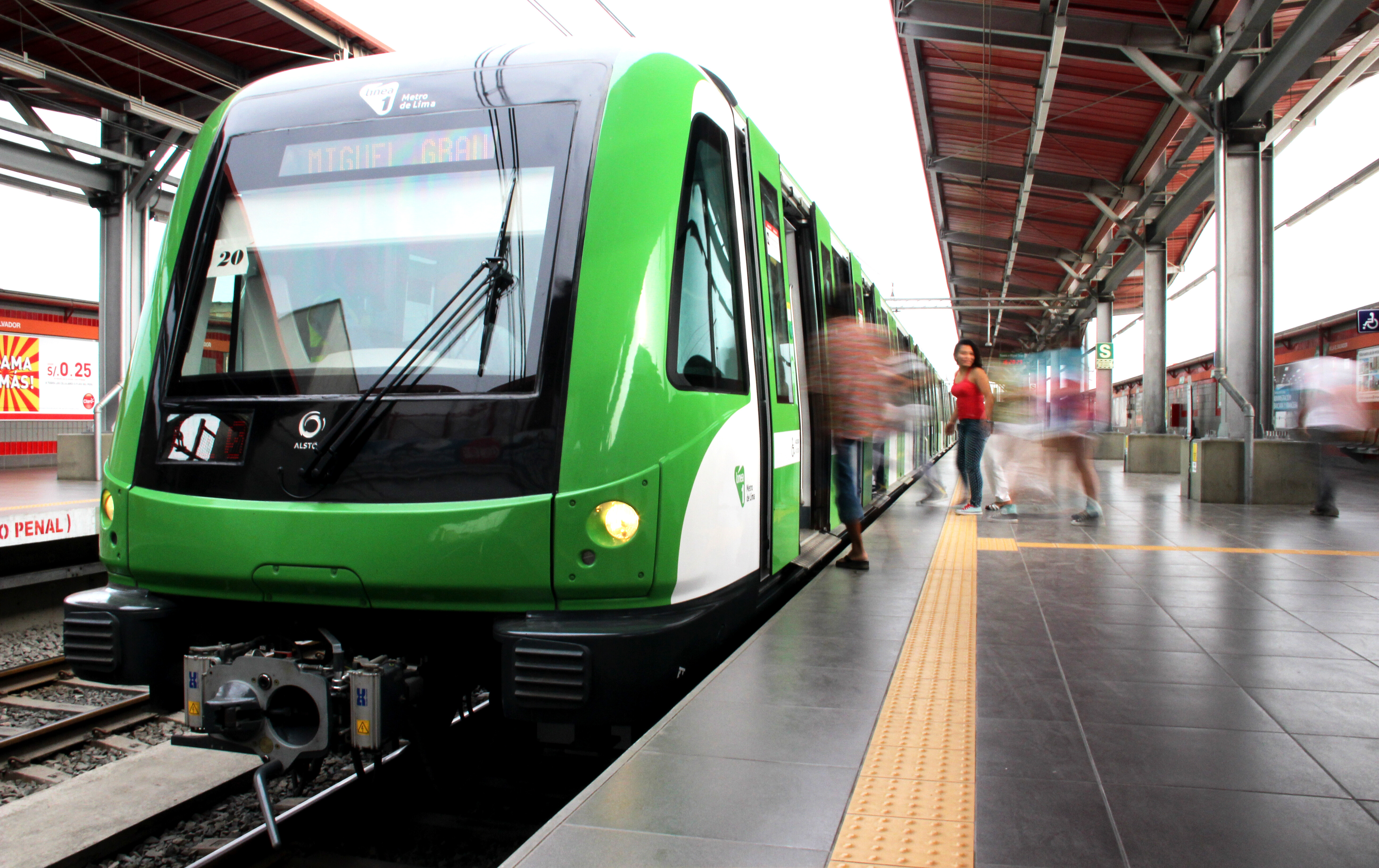It’s Time to Focus on Central America
The small sub-region is bustling with growth and opportunity. LatAm INVESTOR looks at why the long-ignored region is finally gaining attention...

Lots of British readers might not have an accurate mental map of Central America. After all, it’s hardly been a major player in world affairs, so here’s a quick recap. The region is made up of Belize, Costa Rica, El Salvador, Guatemala, Honduras, Nicaragua and Panama and home to around 41 million people. The largest country is Guatemala with 14 million people; the smallest is Belize with just 300,000 people. The rest have between three and seven million people each.

There are massive differences between the countries. Panama, Costa Rica and Nicaragua are all safe places, while Guatemala, Honduras and El Salvador are among the most dangerous countries on earth. Panama is relatively rich, with a GDP per capita of more than $11,000, while Nicaragua languishes on $1,800. As a result, the countries look and feel very different. Panama City is an ultra-modern, shiny metropolis, while Nicaragua’s capital, Managua, has the look and feel of a backwater provincial town.
Yet despite these vast differences, most investors tend to group Central America under three words – small, poor and dangerous. But they’re making a big mistake. Let me show you why.
A lot can change in ten years
Central America is enjoying fast economic growth, and looks set to benefit from several structural trends over the next decade.
But again, most British investors would probably associate Central America’s economy with bananas and coffee. And they would be right – ten years ago. But recently, the region has undergone a radical overhaul of its exports.
It’s gone from relying on sales of bananas, coffee and other natural resources, to being a region where around 75% of exports are manufactured goods. This has happened really quickly. For example, in 2000, more than half of exports were commodities, but by 2010 manufactured goods were already the majority. As a rule, this tends to be textiles, light electronics and car parts.
"As Chinese manufacturers have begun to edge up the value chain, their dominance in sectors such as textiles has started to slip. This is good news for many Central American economies…"
What’s really impressive is that it’s made this transition during ‘China’s decade’. China joined the World Trade Organisation in 2001, and proceeded to take the manufacturing share of just about everyone. So the fact that Central American factories, which ultimately compete with Chinese ones to supply goods for the US consumer, were able to grow at the same time, is testament to the region’s manufacturing potential.
But this story is only just beginning.
Four reasons to bet on Central America
For one, the Chinese competition is undergoing a structural change that will help Central America. Michael Henderson at Capital Economics believes that “as Chinese manufacturers have begun to edge up the value chain, their dominance in sectors such as textiles has started to slip. This is good news for many Central American economies.”
Another structural change that should drive more growth is that Central America is opening up to the world. The first major free-trade agreement (FTA) was signed with the US in 2004, which was followed by one with the EU last year. By signing up to these FTAs, Central America is gaining cheaper access to the lucrative European and American markets than its Asian rivals.

Demographics are also on Central America’s side as it has a young and growing population that will help keep labour costs competitive. Of course, that may not be so great for the workers themselves but it will help the region encourage more international manufacturers to set up operations there.
The final positive factor is infrastructure. The years of war and poverty meant Central America traditionally suffered from bad transport links and an expensive power supply. Now a host of renewable energy projects have helped to bring down the cost of power for manufacturers.
Moreover, weaning itself off imported oil and gas has taken away the volatility of price swings. Likewise, a string of transport projects – such as the $4bn, two-line metro project in Panama City, is making travel within the region easier. By bringing down the cost of fuel and transport, the region is boosting its productivity.
Central America is a play on the Americas as a whole. Its location means that it’s the perfect hub of operations for organisations that want to reach markets to the south or to the north. Until now, its social problems meant that it hadn’t really been able to take advantage of its great positioning, but now this is starting to change. Central American capital markets are still pretty underdeveloped, so it’s not the easiest theme to play, but some UK-listed firms, such as CWC can give you exposure.